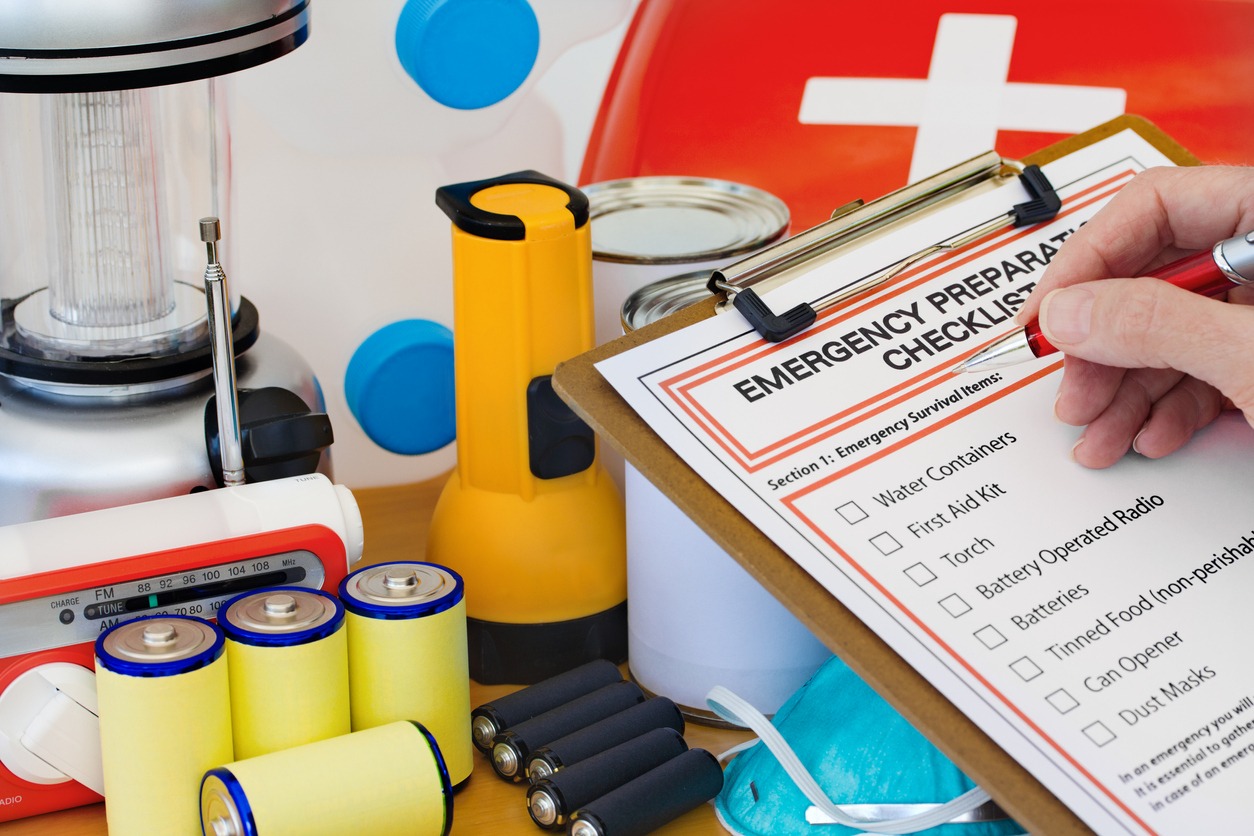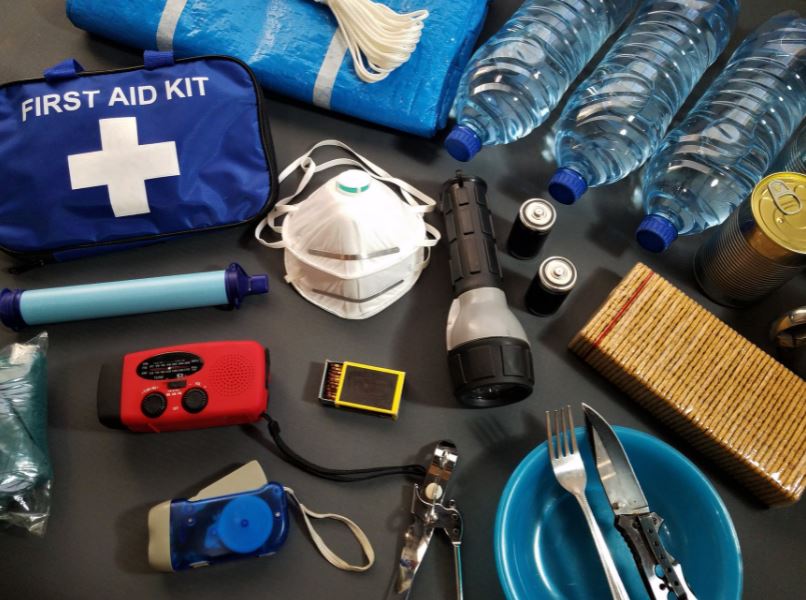How Do You Prepare for Urban Survival?
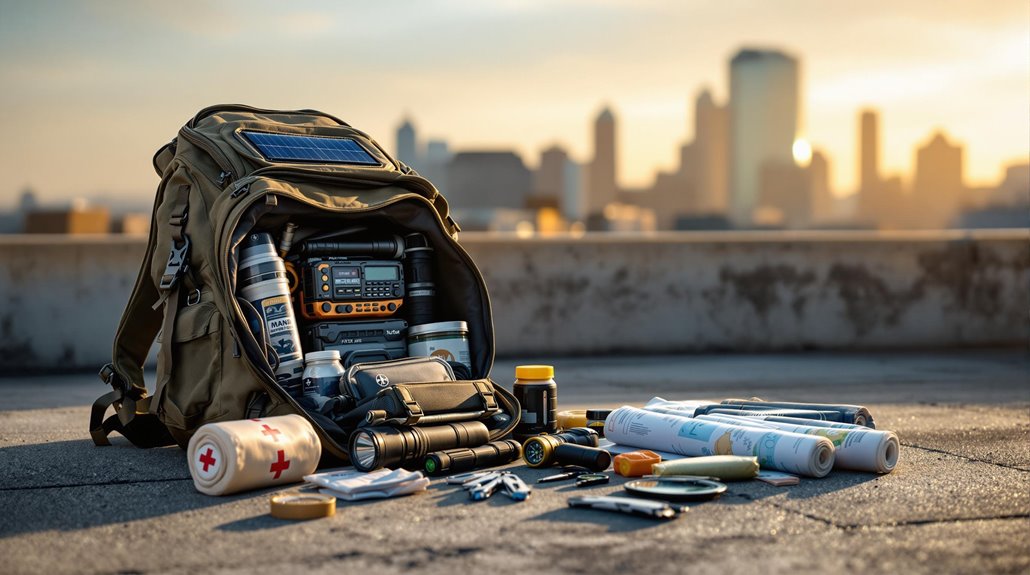
To prepare for urban survival, you'll need to develop essential skills like wayfinding, evacuation planning, and home fortification. Start by building an emergency response kit with tools, protective gear, and communication devices. Create detailed maps of evacuation routes and identify safe zones in your area.
You'll want to establish reliable communication networks and maintain supplies of food, water, and medical essentials. The path to urban preparedness contains many critical elements worth exploring.
Essential Skills for Urban Survival Preparedness
Several vital skills form the foundation of urban survival preparedness, and they're indispensable for navigating the unique challenges of city environments during emergencies. You'll need to command navigation skills to understand your city's infrastructure assessment, including alternative routes and potential hazards. Developing an extensive evacuation plan requires familiarity with multiple escape paths and secure locations beyond city limits.
Your crisis response abilities should include managing your bug-out bag effectively and maintaining non-perishable supplies. Home fortification knowledge is pivotal - you must know how to strengthen entry points and implement security systems properly. Practice these skills regularly to guarantee you can execute them under pressure.
Remember, urban survival depends on your ability to quickly adapt and respond to changing situations while maintaining access to essential resources. Having a reliable first aid kit with comprehensive medical supplies could mean the difference between life and death during an urban emergency.
Building Your Urban Emergency Response Kit
While survival preparation varies by location, your urban emergency response kit must be customized specifically for city environments. Start with essential tools like a multi-tool, pry bar, and four-way water key for navigating damaged infrastructure and securing resources. Don't forget personal protective equipment and an emergency radio for maintaining personal safety and staying informed.
Include location-specific items such as detailed city maps and information about nearby public facilities to augment your kit's effectiveness. You'll want to focus on tools that help you manage urban challenges, from accessing utilities to moving through compromised buildings. Remember that regularly maintaining and updating your kit is pivotal - equipment needs change, batteries expire, and new risks emerge.
Practice using your tools regularly to become comfortable with them during emergencies. Consider adding a personal water filter and purification tablets to ensure access to clean drinking water in emergency situations.
Strategic Planning for City-Based Threats
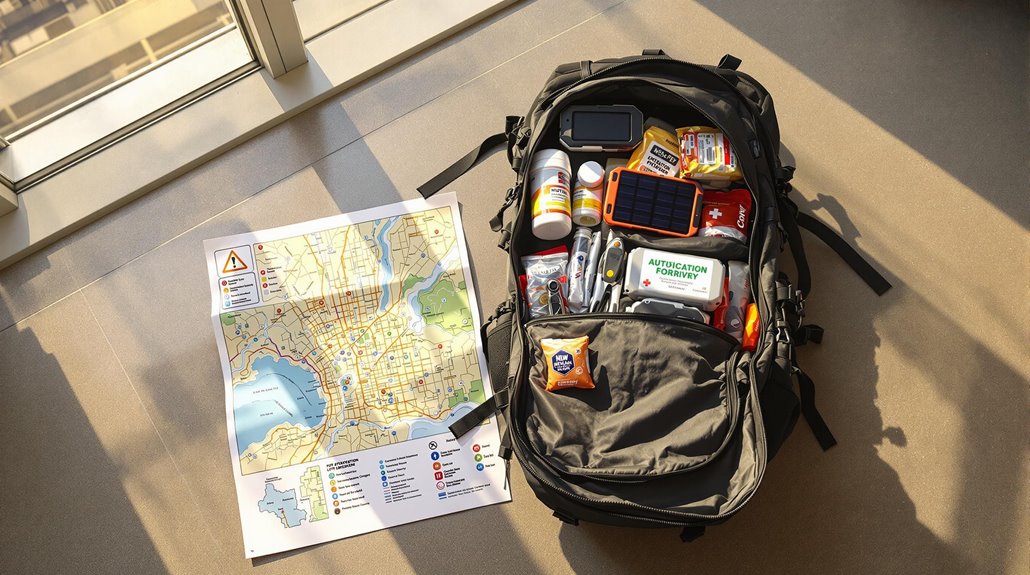
Beyond assembling your emergency kit, a thorough understanding of your urban environment forms the backbone of effective survival planning. Your urban survival strategy should focus on mapping out multiple evacuation routes and identifying key city resources, including public bunkers and underground facilities.
Start by fortifying your home against potential civil unrest through security system installations and entry point reinforcement. Establish reliable communication networks using social media platforms to connect with local emergency preparedness groups. You'll need contingency plans for water supply and electricity outages - invest in a generator, store adequate water, and learn DIY filtration techniques.
Consider keeping a burner phone as a reliable backup communication tool that offers privacy and anonymity during crisis situations.
Remember to prioritize mobility by researching alternative transportation methods and safe locations outside the city. This inclusive approach guarantees you're ready to face various urban threats while maintaining self-sufficiency during emergencies.
Creating Safe Zones in Urban Environments
In order to thrive during urban emergencies, you'll need to establish multiple safe zones throughout your city. Focus on identifying secure shelters like reinforced buildings and underground spaces that offer protection during critical situations.
Your preparedness strategy should include building strong communication networks with your community and maintaining essential supplies in easily accessible locations. Developing an effective family emergency plan will ensure everyone knows their roles and responsibilities during a crisis.
- Map out several evacuation routes and alternative transportation options to guarantee you can quickly reach your designated safe zones
- Stock each location with emergency supplies, including water, food, first-aid kits, and basic survival gear
- Practice regular safety drills with your community members to validate your evacuation procedures and maintain readiness
Remember to regularly update your safe zone locations and verify that your chosen shelters remain secure and accessible throughout the year.
Communication and Coordination During Urban Crisis
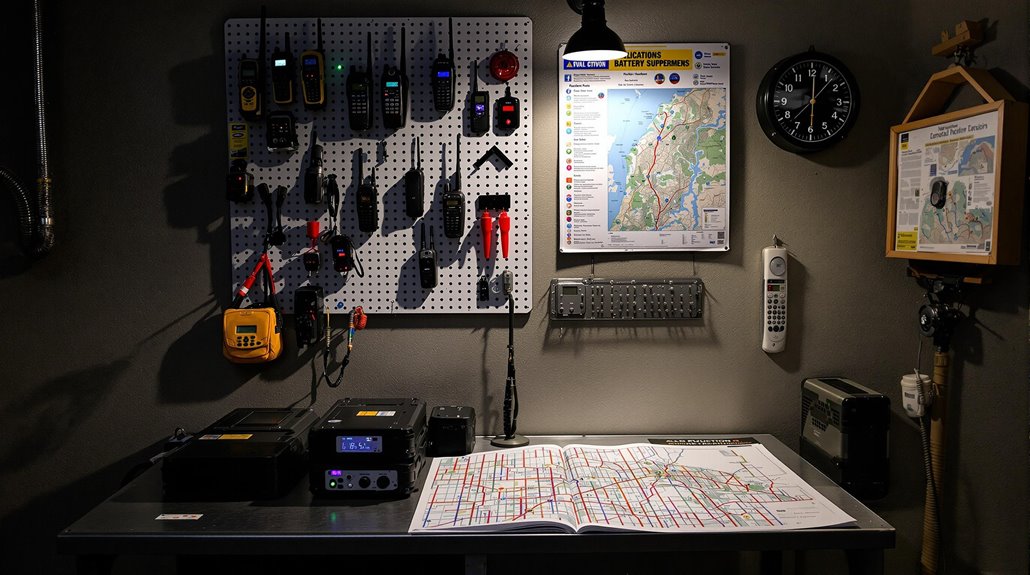
Once you've established your safe zones, maintaining reliable communication becomes the backbone of urban survival. You'll need to build a network of trusted communication channels to share emergency information effectively during a crisis. Familiarize yourself with social media platforms, messaging apps, and radio systems that can help you stay connected when traditional methods fail.
Learn your area's emergency communication frequencies and established protocols for coordinating with authorities and relief organizations. Don't rely solely on standard communications - prepare alternative communication methods like amateur radio or mesh networking for scenarios where power and internet aren't available.
Your survival could depend on your ability to receive and share critical updates during emergencies. Make it a priority to regularly test and update your coordination plan to guarantee it remains effective when you need it most.



